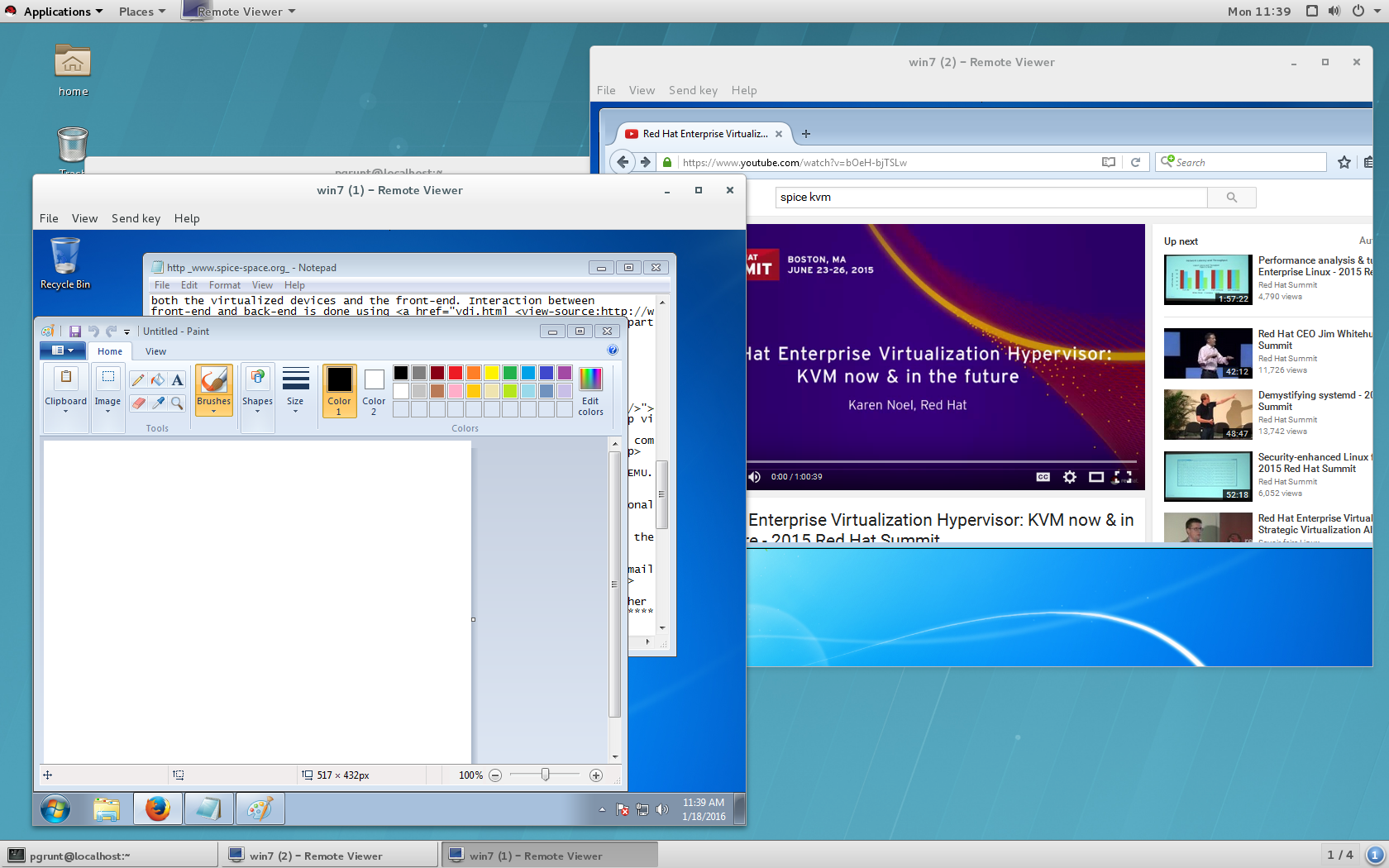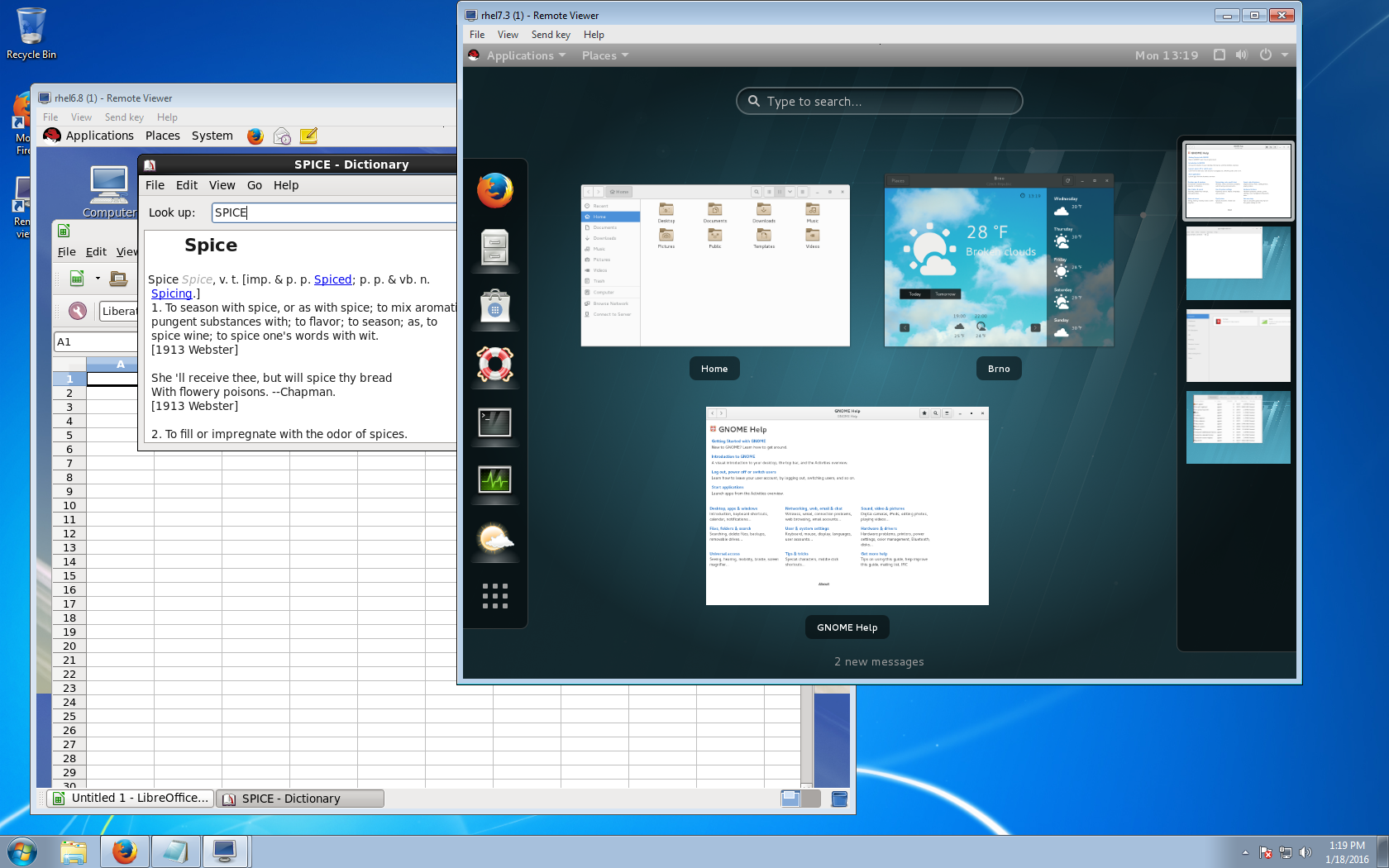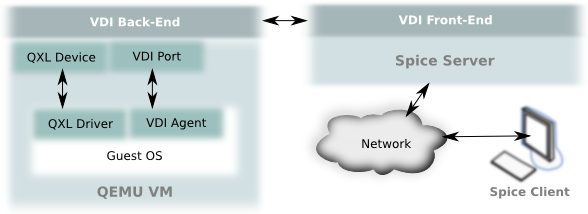A lot of sysadmins, SRE o wherever you want to call us, using native Linux in our laptops have the need to use virtual machines running Windows (some support, pentesting tasks, etc), if you are passionate about running periodic updates by now you figure out the main problem of this, if not, you will; the main problem is that on every kernel upgrade, you will lose the modules of VMware or VirtualBox, the best solution for this is to use QEMU/KVM, the K is for kernel so the support is embedded in the kernel, with this you will never lose support on your virtual machines, but there is a catch, even if you install virtIO drivers you will face issues like the screen does not resize, copy and paste from host to guest does not work, and is very sad to work that way.
So the solution: The SPICE project aims to provide a complete open-source solution for remote access to virtual machines in a seamless way so you can play videos, record audio, share USB devices, and share folders without complications.


SPICE could be divided into 4 different components: Protocol, Client, Server, and Guest. The protocol is the specification in the communication of the three other components; A client such as a remote viewer is responsible to send data and translate the data from the Virtual Machine (VM) so you can interact with it; The SPICE server is the library used by the hypervisor in order to share the VM under SPICE protocol; And finally, the Guest side is all the software that must be running in the VM in order to make SPICE fully functional, such as the QXL driver and SPICE VDAgent.

Just put in your virtual machine a channel spice and install the driver, the latest version could be found here.